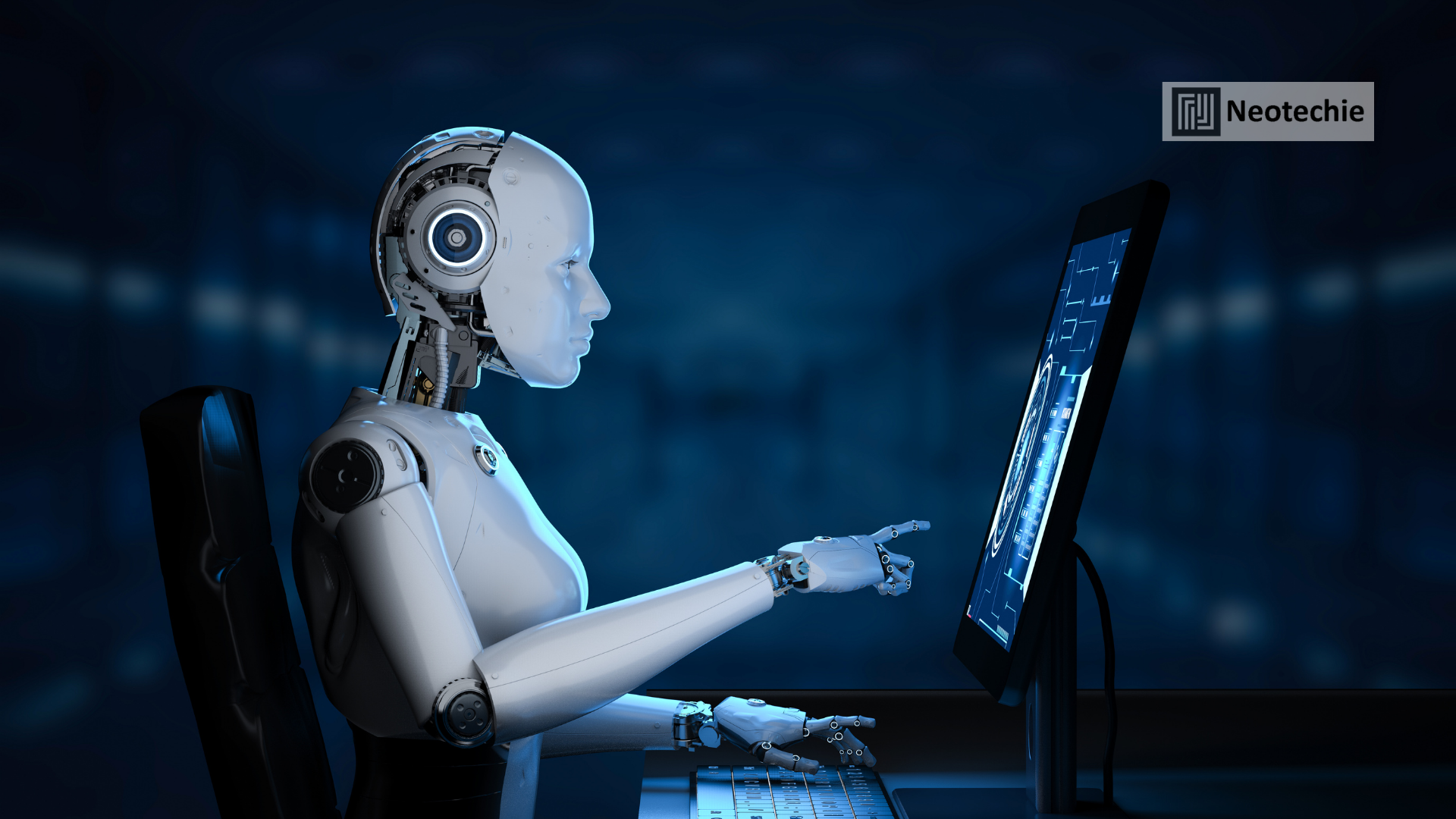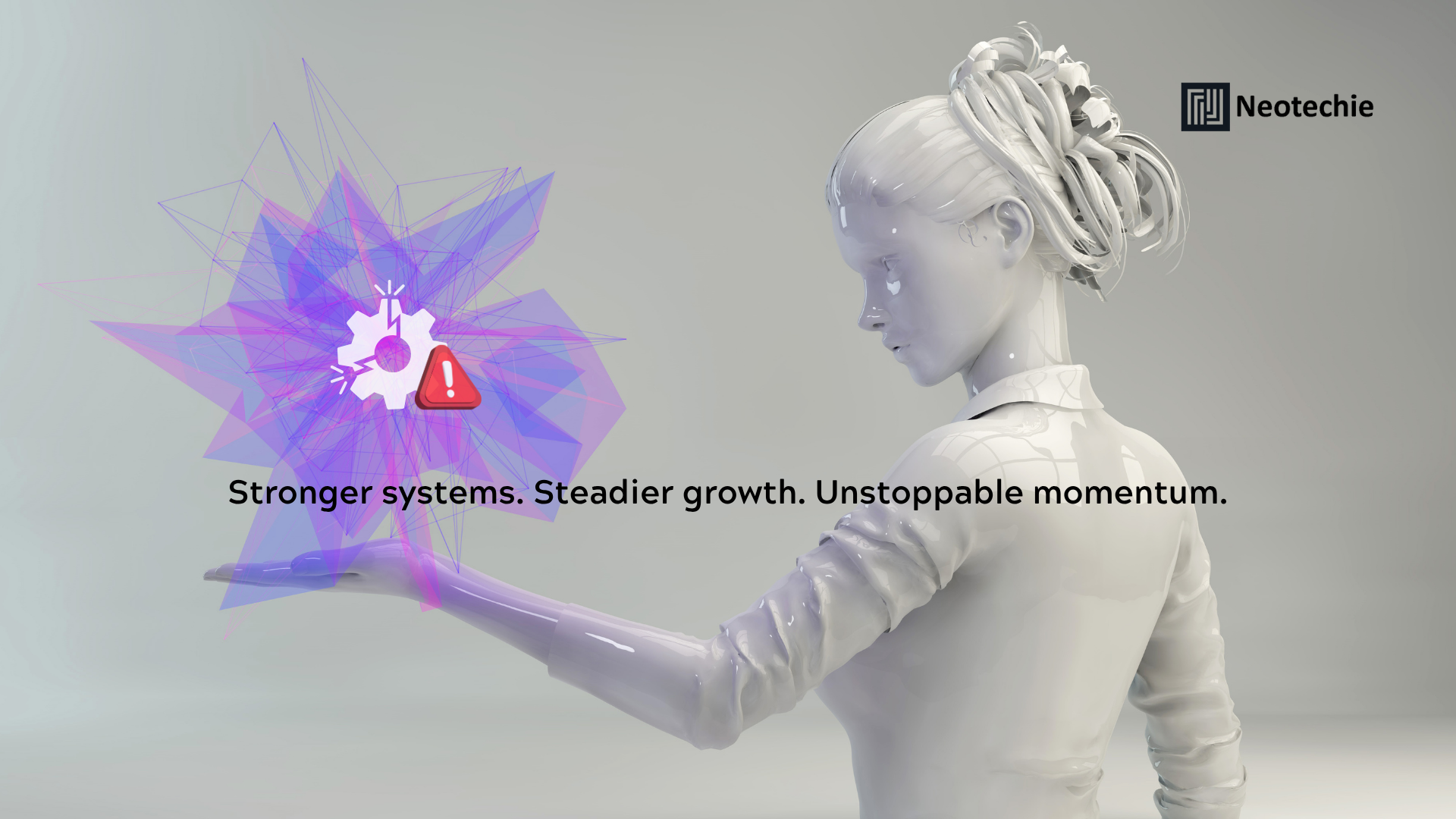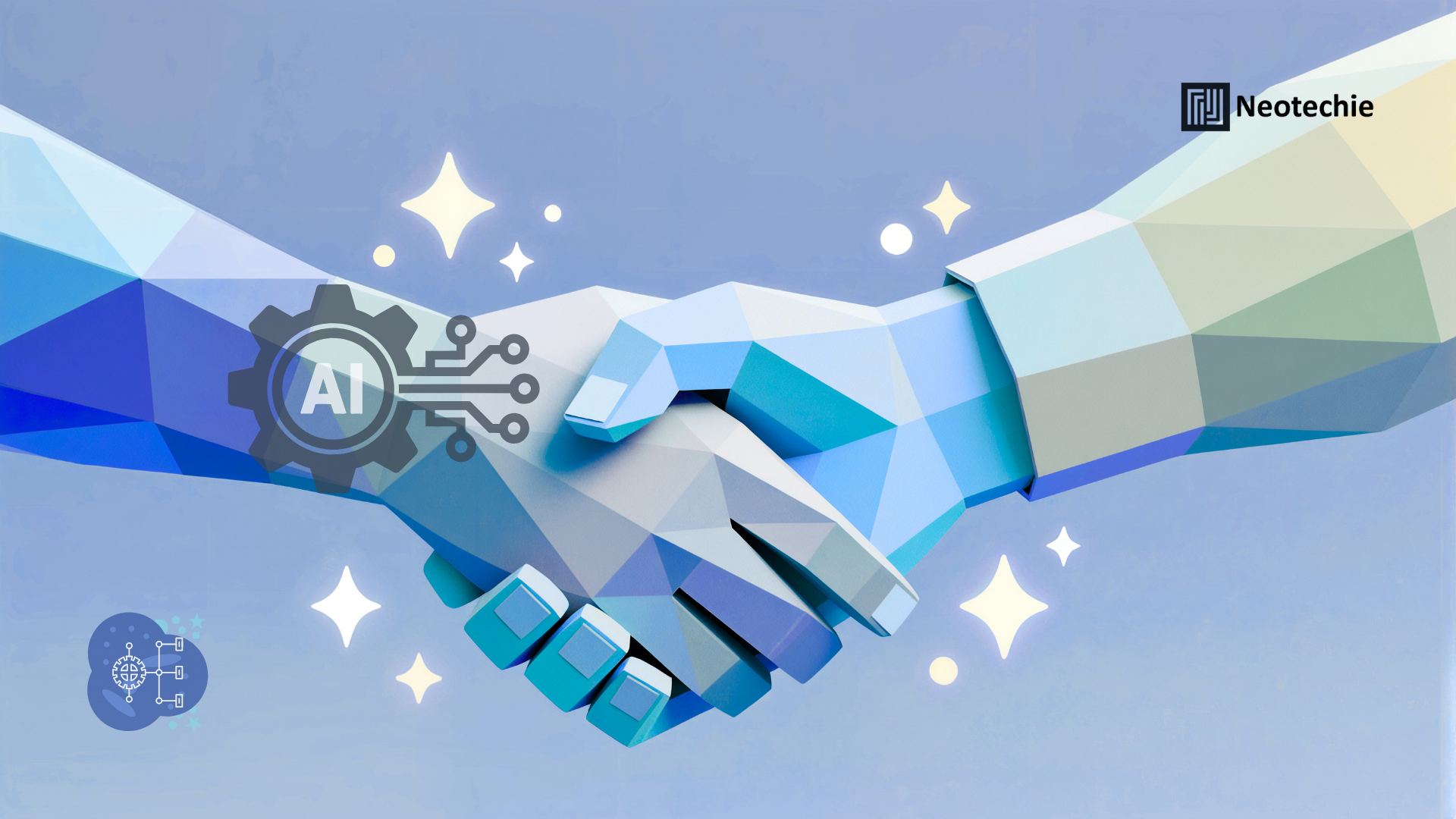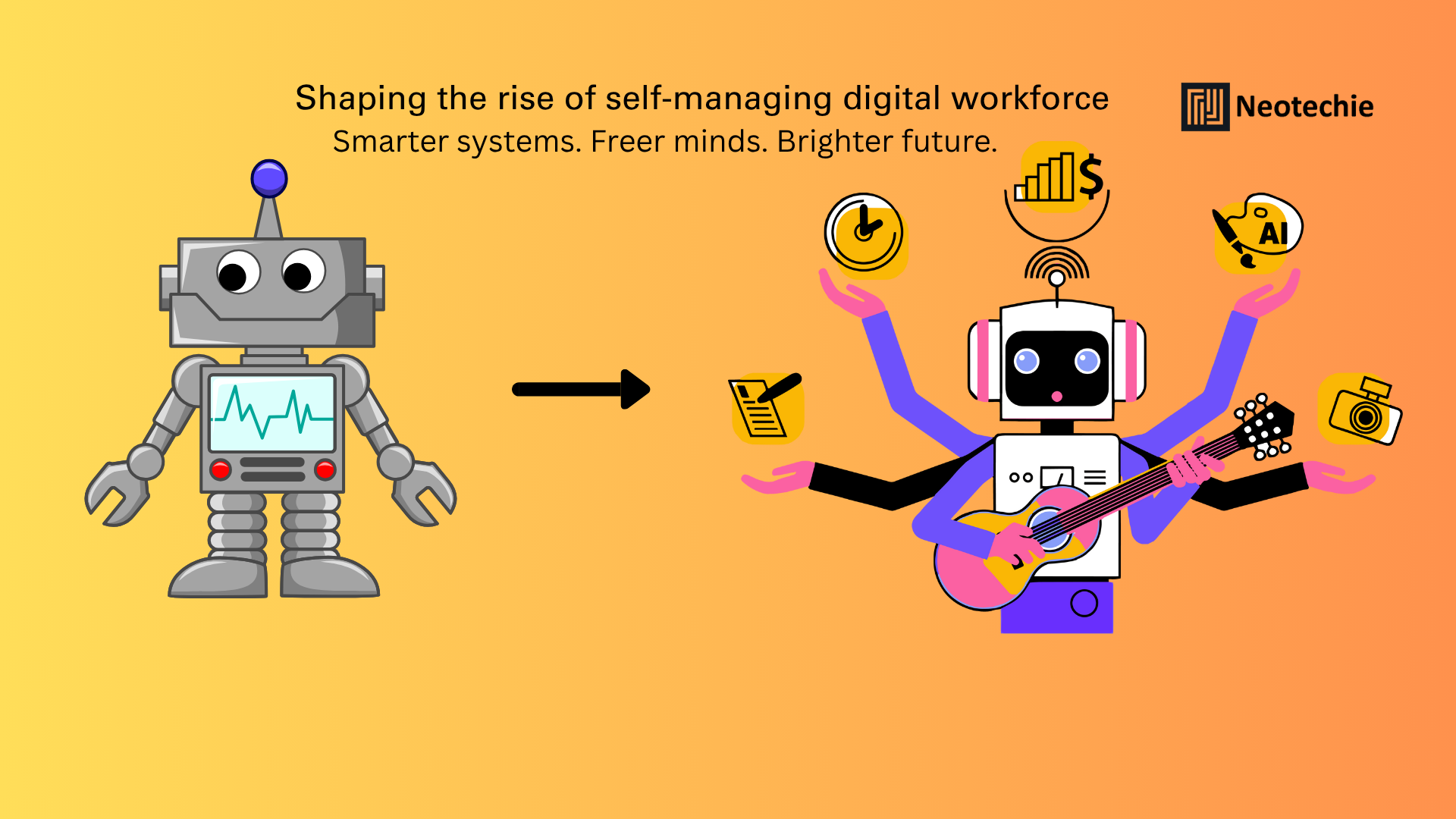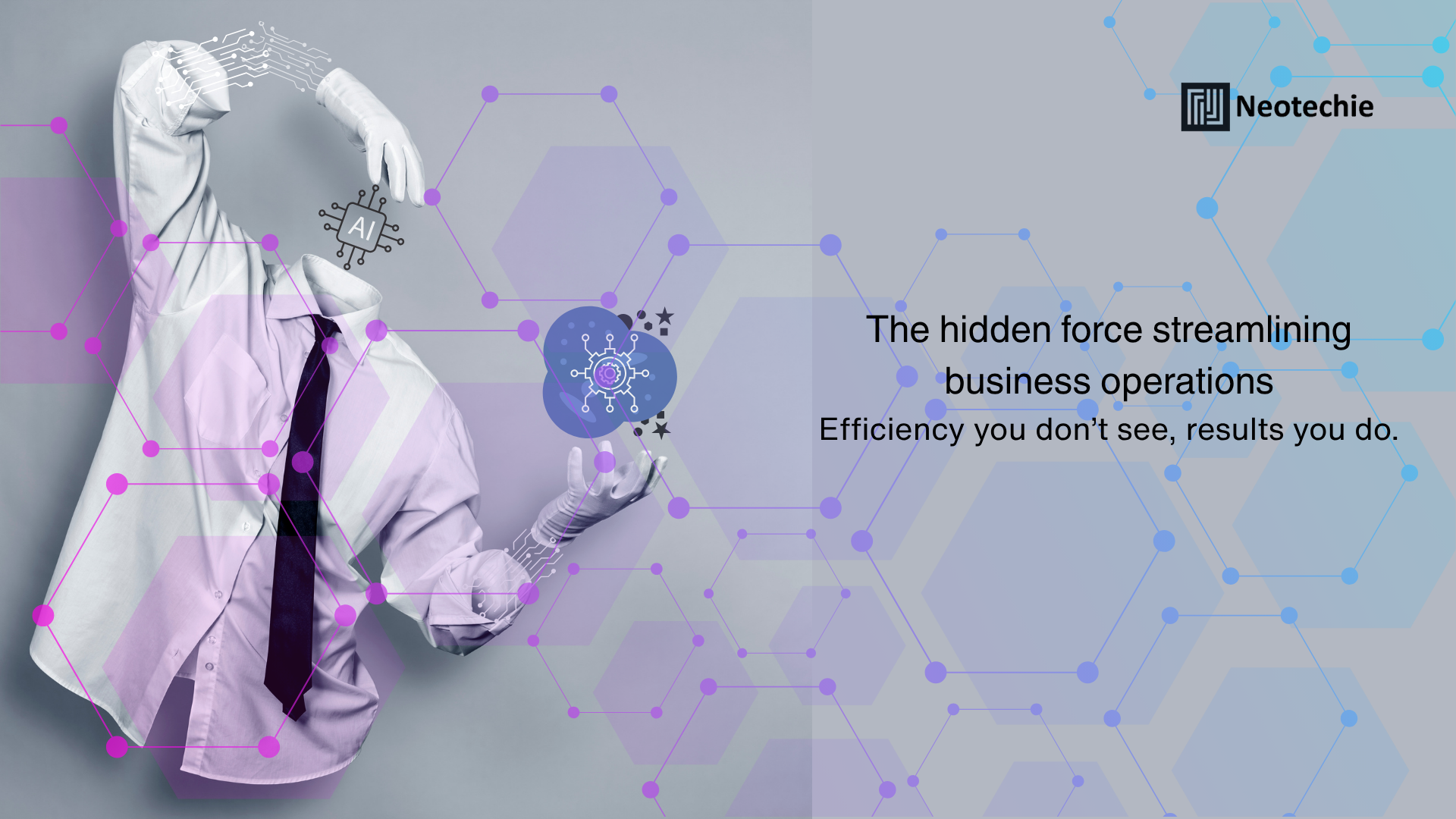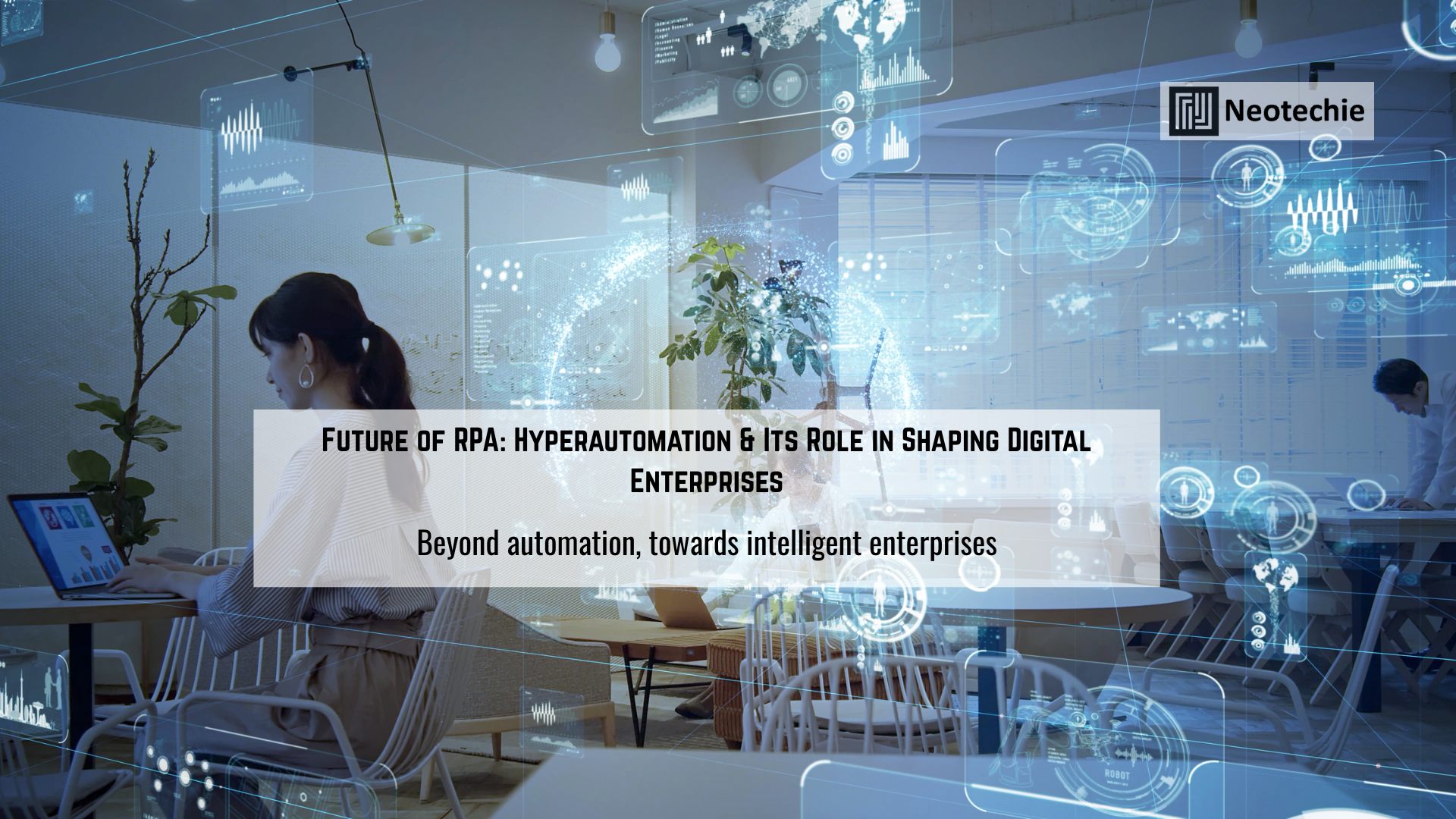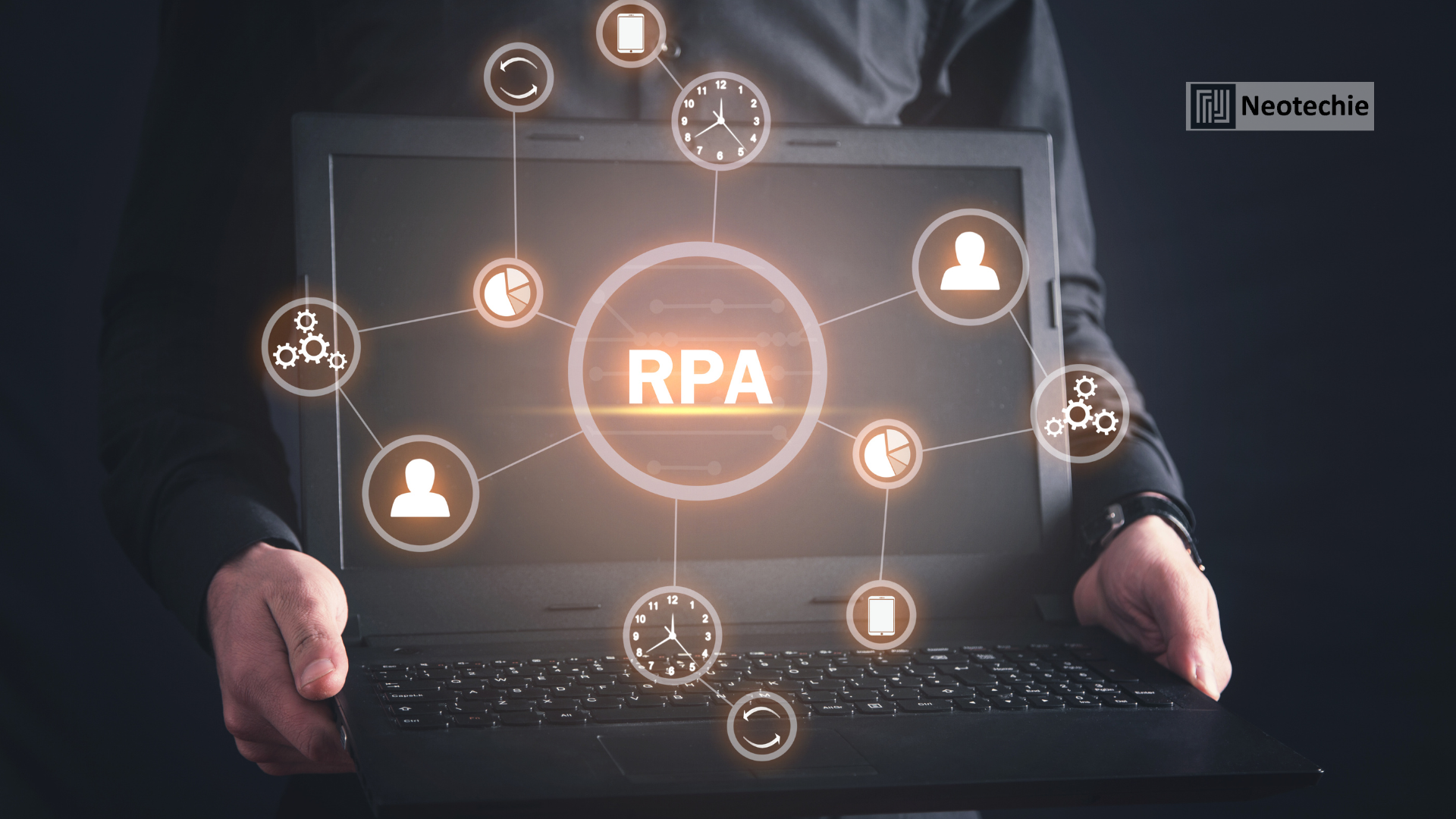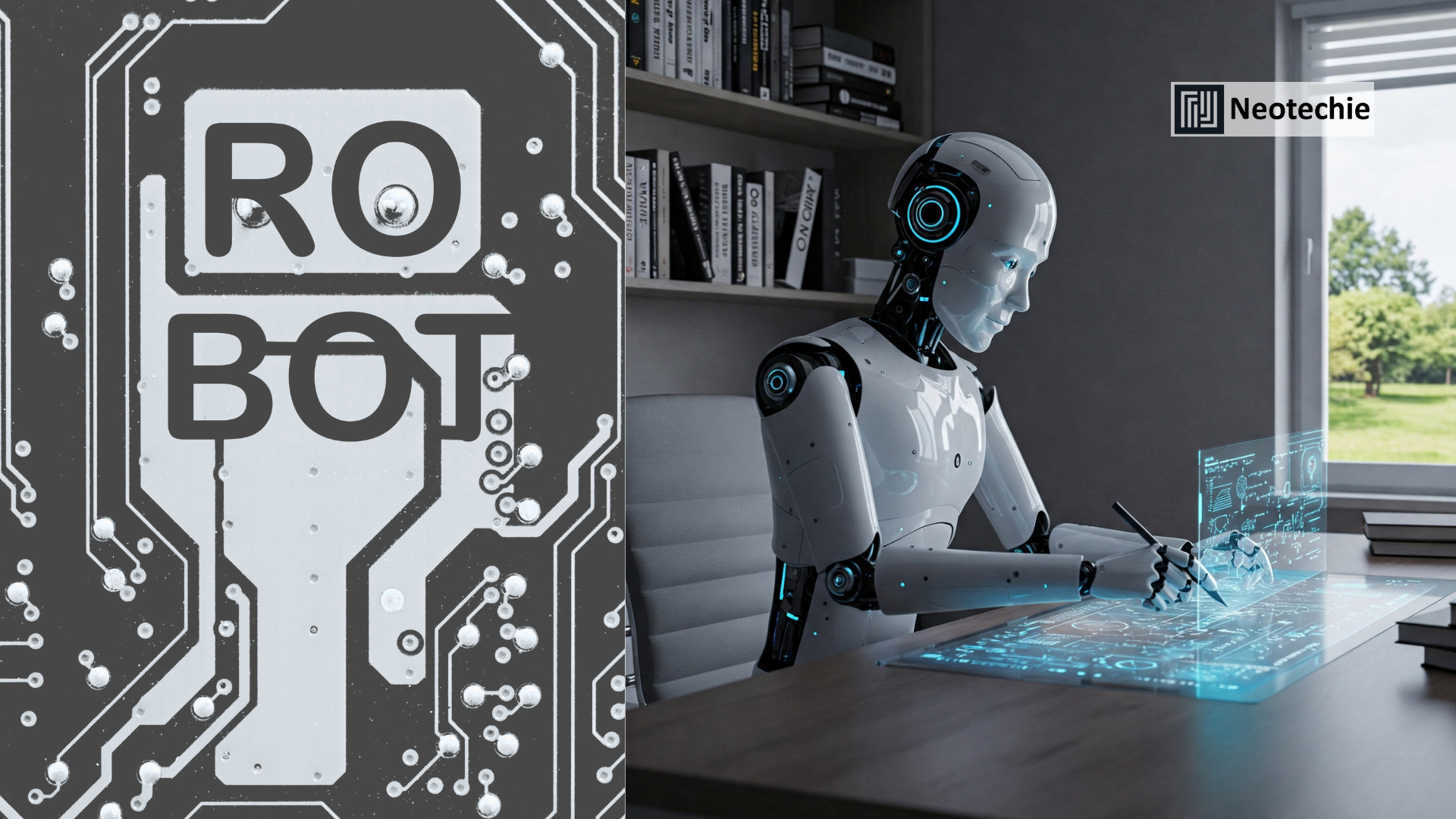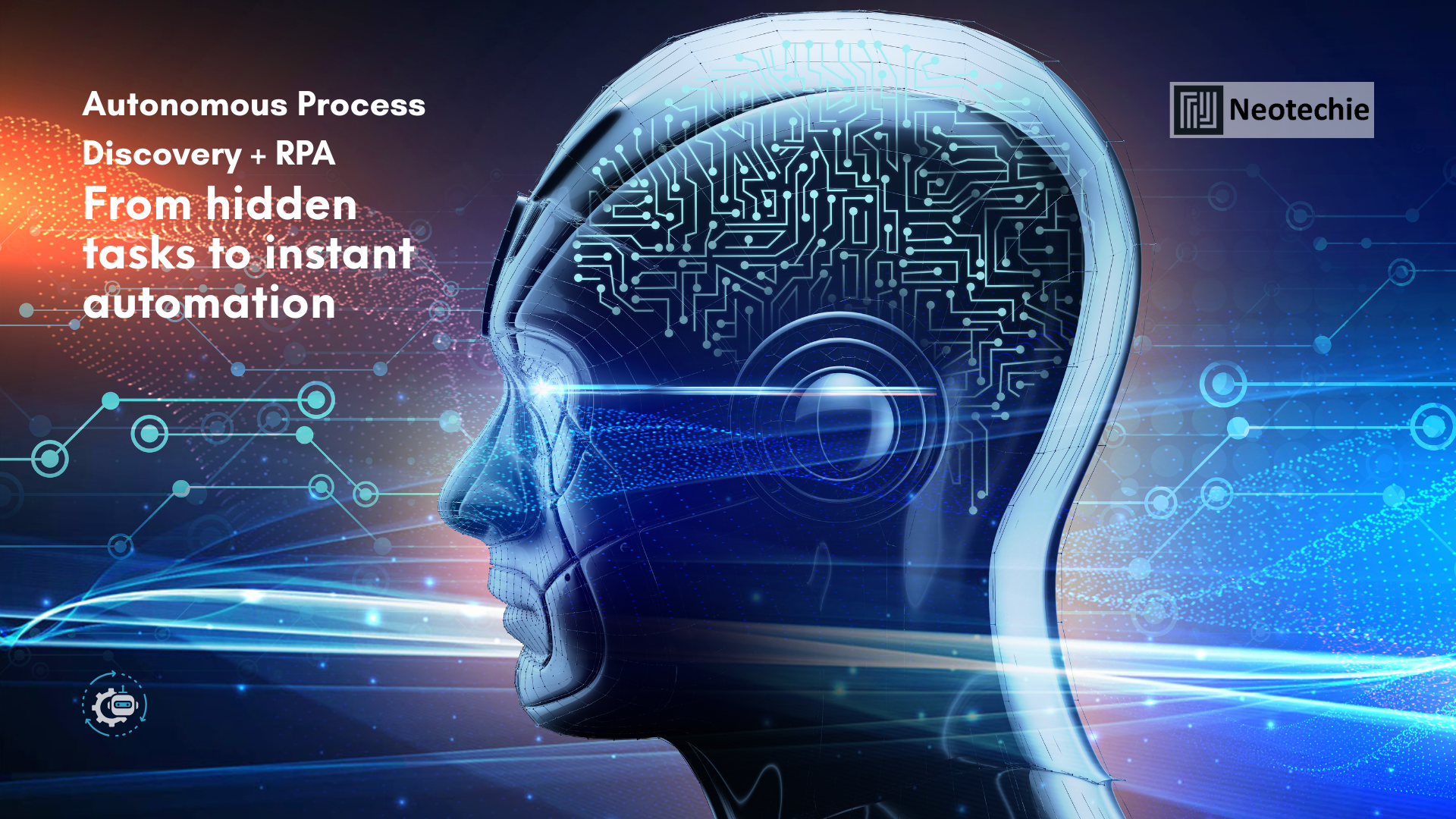What is RPA as a Strategic Data Integrator?
RPA as a strategic data integrator enables organizations to bridge the gap between disparate systems, databases, and applications without the need for expensive and disruptive legacy system replacements. Many enterprises operate with legacy software that contains valuable historical data but lacks modern integration capabilities. RPA can act as a digital bridge, facilitating seamless data flow, synchronization, and validation across multiple platforms.
This integration allows businesses to maintain continuity of operations, leverage legacy investments, and enhance decision-making by making accurate, real-time data accessible to stakeholders across departments. Instead of overhauling IT infrastructure, RPA provides a cost-effective, scalable, and low-risk solution to unify data across systems.
Why RPA as a Data Integrator is Transformative for Business
Integrating data using RPA transforms business operations in several critical ways:
- Preserving Legacy Investments:
Organizations can continue to leverage existing legacy systems while integrating them with modern applications. This preserves prior technology investments, avoids costly replacements, and minimizes operational disruptions. - Breaking Data Silos:
Disconnected systems often lead to fragmented information, poor decision-making, and inefficiencies. RPA ensures data flows seamlessly across systems, enabling a unified view of operations, enhancing collaboration between departments, and supporting informed decision-making. - Improving Data Accuracy and Compliance:
Bots consistently extract, validate, and transfer data between systems, reducing manual errors and ensuring compliance with regulatory standards. This is particularly crucial for industries with stringent reporting requirements such as finance, healthcare, and manufacturing. - Enhancing Agility and Responsiveness:
By ensuring data is accurate and accessible in real-time, businesses can respond more quickly to market changes, customer demands, and operational challenges. Decision-makers have the timely insights needed to act strategically and maintain competitive advantage. - Accelerating Digital Transformation:
Acting as a bridge between legacy and modern systems, RPA facilitates broader digital initiatives. It provides a foundation for AI, analytics, and advanced workflow automation by ensuring that clean, structured, and integrated data is available across the organization.
How Businesses Implement RPA as a Data Integrator
Achieving effective data integration with RPA involves a structured approach:
- Data Mapping and Workflow Assessment:
Analyze the organization’s data landscape, identifying key systems, data sources, and critical touchpoints. Map workflows to determine how data should move, transform, and be validated across platforms. - Bot Design and Configuration:
Develop RPA bots capable of extracting data from legacy systems, transforming it to the required format, and loading it into target applications. Bots are configured to handle exceptions, validate entries, and maintain audit logs. - Seamless System Integration:
Deploy bots across multiple applications, ensuring minimal disruption to existing operations. Bots should operate invisibly within workflows, maintaining consistency and reliability without requiring extensive user intervention. - Compliance and Security Management:
Implement governance frameworks to ensure data handling complies with regulatory requirements and internal security standards. Audit trails, access controls, and encryption are embedded into the automated workflows. - Continuous Monitoring and Optimization:
Regularly track bot performance, data accuracy, and workflow efficiency. Refine bots based on insights to improve integration, reduce errors, and enhance system interoperability over time.
How Neotechie Helps
Neotechie enables businesses to implement RPA as a strategic data integrator through:
- Comprehensive Assessment: Evaluating existing systems, identifying integration points, and mapping workflows to determine automation opportunities.
- Tailored Bot Deployment: Designing bots that efficiently extract, transform, and synchronize data across legacy and modern systems.
- Monitoring and Optimization: Continuously tracking performance, ensuring accurate data transfer, and refining workflows to enhance efficiency and reliability.
- Governance and Compliance Assurance: Embedding regulatory compliance, audit trails, and security protocols into automated processes.
- Driving Business Transformation: By breaking silos, improving data accessibility, and enabling integrated workflows, Neotechie positions organizations to make informed, strategic decisions, accelerate digital initiatives, and achieve operational excellence.
Driving Business Transformation with RPA as a Data Integrator
RPA as a strategic data integrator empowers organizations to transform operational landscapes without costly system replacements. By connecting legacy and modern systems, businesses can achieve seamless data flow, real-time analytics, and improved decision-making. This integration accelerates digital transformation initiatives, enhances organizational agility, and supports sustainable growth.
Neotechie’s expertise ensures that RPA deployment is strategic, scalable, and aligned with business objectives. By leveraging RPA for data integration, organizations gain a resilient, efficient, and interconnected operational framework, positioning themselves for long-term competitive advantage and comprehensive business transformation.

